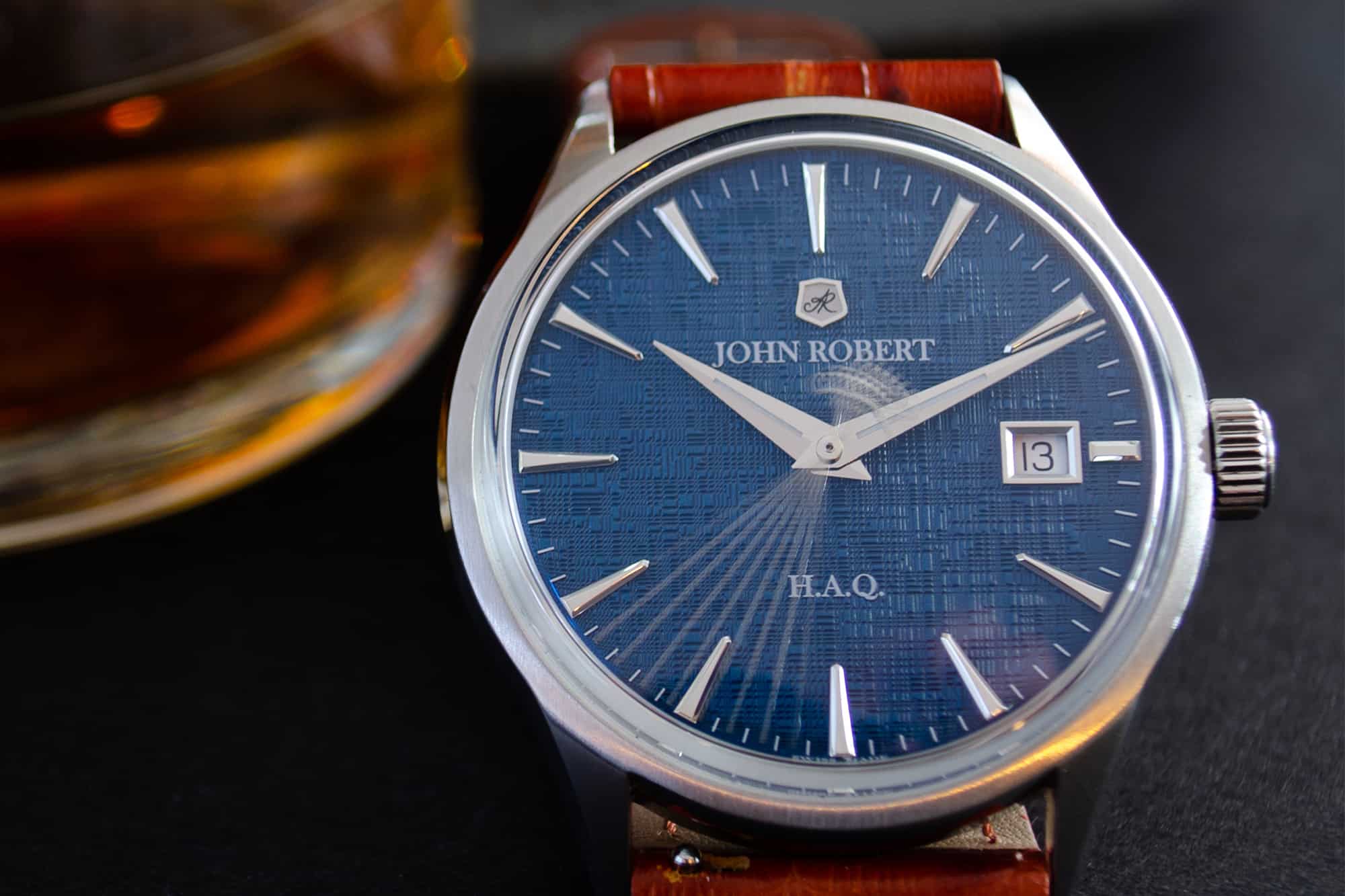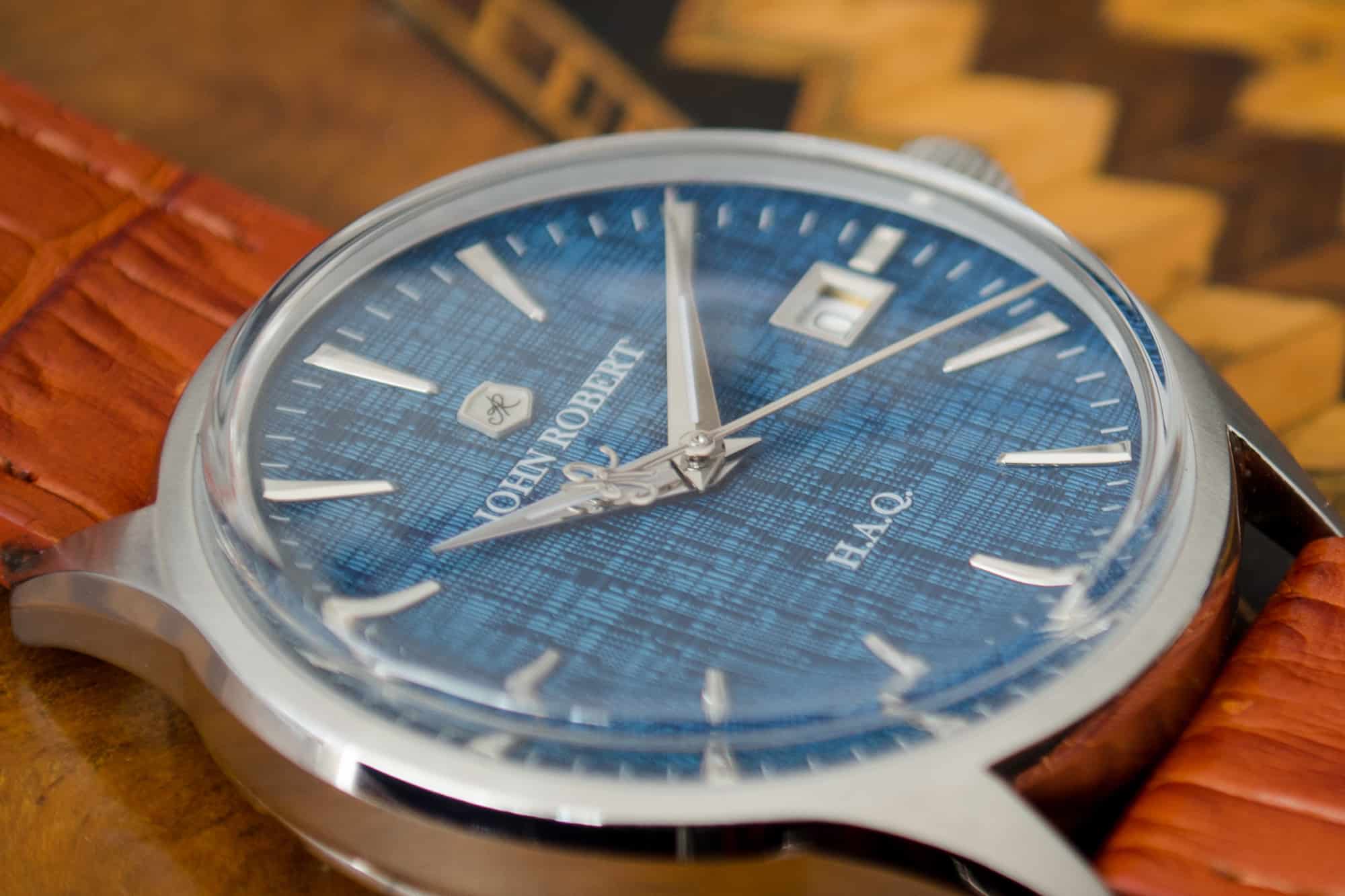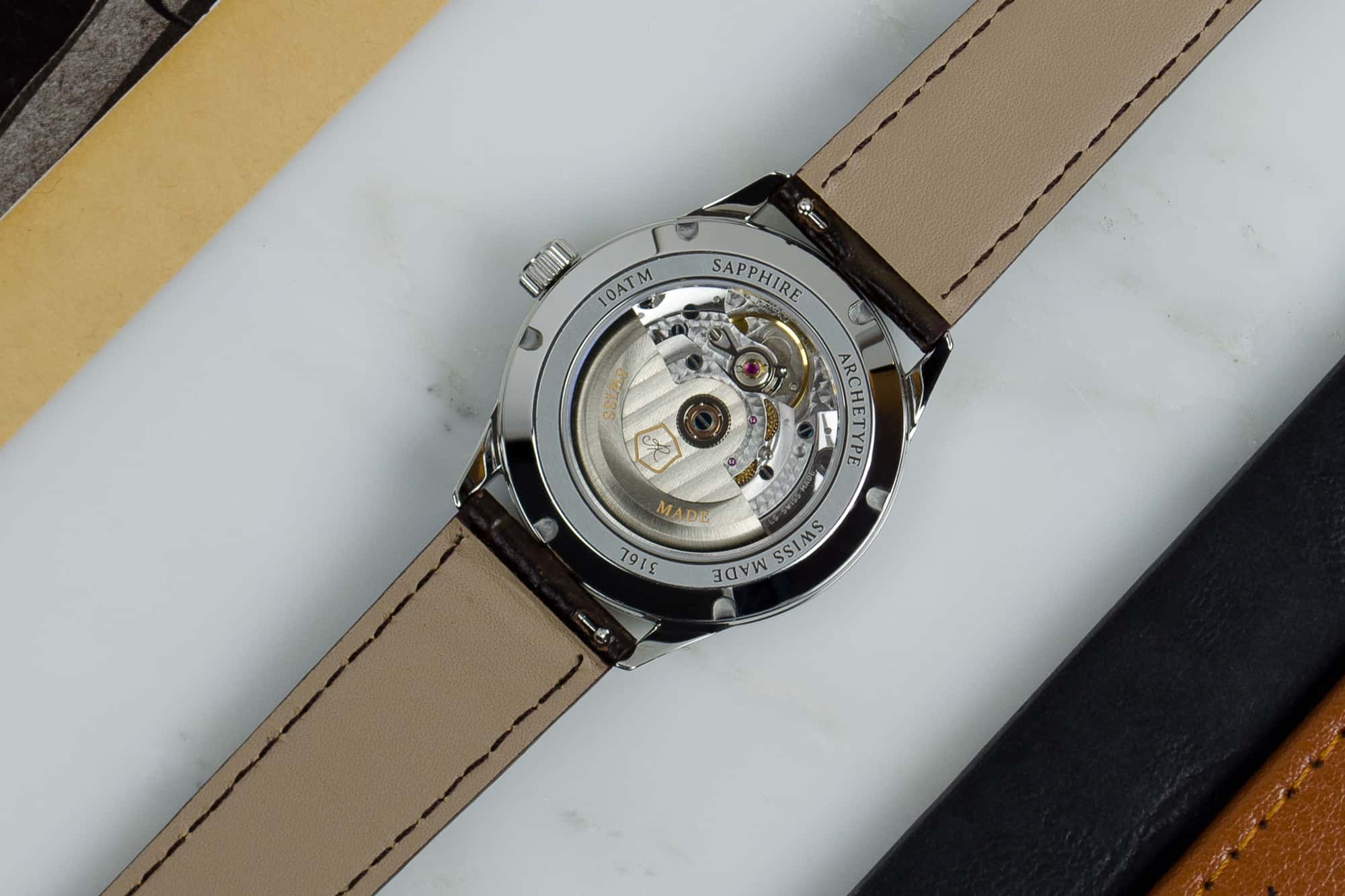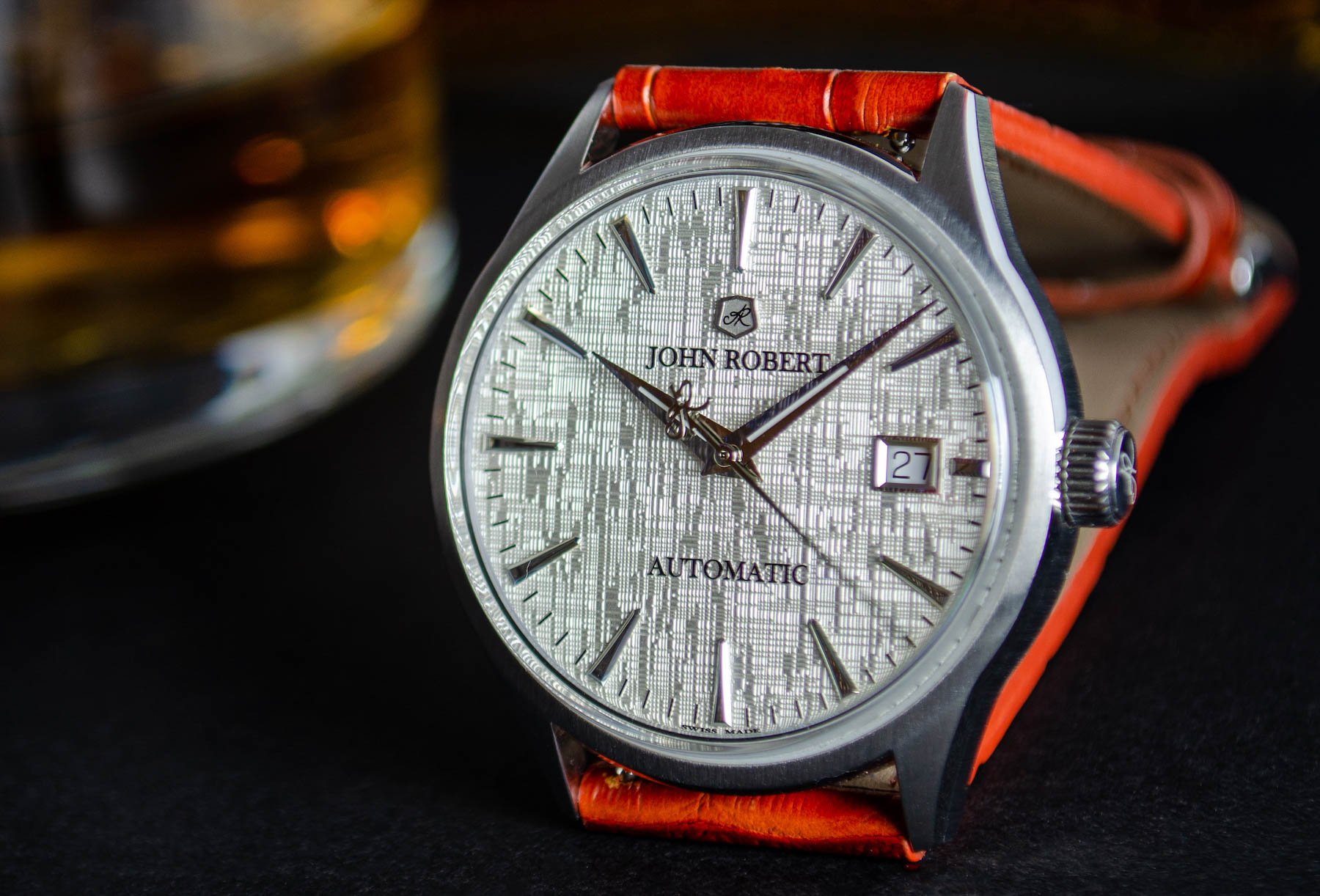INTRODUCING: The Melbourne born and bred John Robert Wristwatches Archetype collection
Nick KenyonIt isn’t often that the brands we review are homegrown right here in Melbourne, but that’s exactly the case with John Robert Wristwatches. Melbourne is a really, really long way from Switzerland (just ask Andrew about the long-haul flights to Baselworld over the years). But despite the tyranny of distance, the first John Robert Wristwatches Archetype collection has several compelling features that are cause for serious consideration.
In essence, the Archetype is a modern realisation of a mid-century dress watch. And if you’re looking for a place in horological history to plant a flag for your first watch, the unofficial but universally regarded golden age of watch design is a good place to do it. The Archetype is available with either a Swiss-made automatic or quartz movement, as well as three different dial colours of blue, white and charcoal, which offer a good range of options right from the word go.
The particularly interesting thing about all six of the new Archetype references is that the closer you look, the more details you see that make you realise this is a collection that’s been meticulously thought through. While the Sellita SW200 powering the automatic references is relatively ubiquitous for a brand at the beginning of its journey (especially since the supply of mechanical ETA movements has diminished), the quartz movement inside the Archetype is significantly less common. Is is the ETA E64.111, a High Accuracy Quartz (HAQ) caliber that is accurate to +/-10secs per year thanks to a thermo-compensating regulator that corrects against changes in temperature (which is one of the most significant issues to quartz accuracy). This accuracy of +/-10 secs per year is what you might expect to see from watches that cost thousands of dollars, so it’s a serious feather in the cap of John Roberts.
As well, the closer you look at the dials the more intricate they become, with a linen-like pattern that works nicely with the different colours that are on offer. The dauphine hands and hour markers are right out of the 1960s and, while the dial text is bold, it isn’t overpowering and does well to balance the visual impression of the dial. The domed box sapphire crystal is another nice heritage-inspired touch that shows the folks at John Robert know what they are doing.
The stainless-steel case measures an approachable 38mm in diameter, and 12.4mm thick for the automatic references, while the HAQ references are just 11.4mm thick. The case of the quartz references features a closed caseback with a John Robert calligraphy motif, while the caseback of the automatic models are open to show an uninterrupted view of the mechanical caliber within.
The final exciting feature of the Archetype collection are the strap and bracelet options with either a soft leather strap or a solid looking five-link steel bracelet. The bracelet is opened with a double-folding butterfly clasp, and both the bracelet and strap can be changed with a fingernail thanks to the quick-change mechanism.
John Robert Wristwatches Archetype collection price and availability:
The John Robert Wristwatches Archetype Automatic starts at US$979 and is available for US$789 during the 30-day Kickstarter pre-order.
The John Robert Wristwatches Archetype HAQ starts at US$489 and is available for US$389 during the 30-day Kickstarter pre-order.
The John Roberts Wristwatches Archetype collection launches on Kickstarter today (31/1). For more details, visit John Robert Wristwatches right here.
Made in partnership with John Robert Wristwatches. However, the opinions expressed in this article are our own in accordance with our Editorial Policy.










